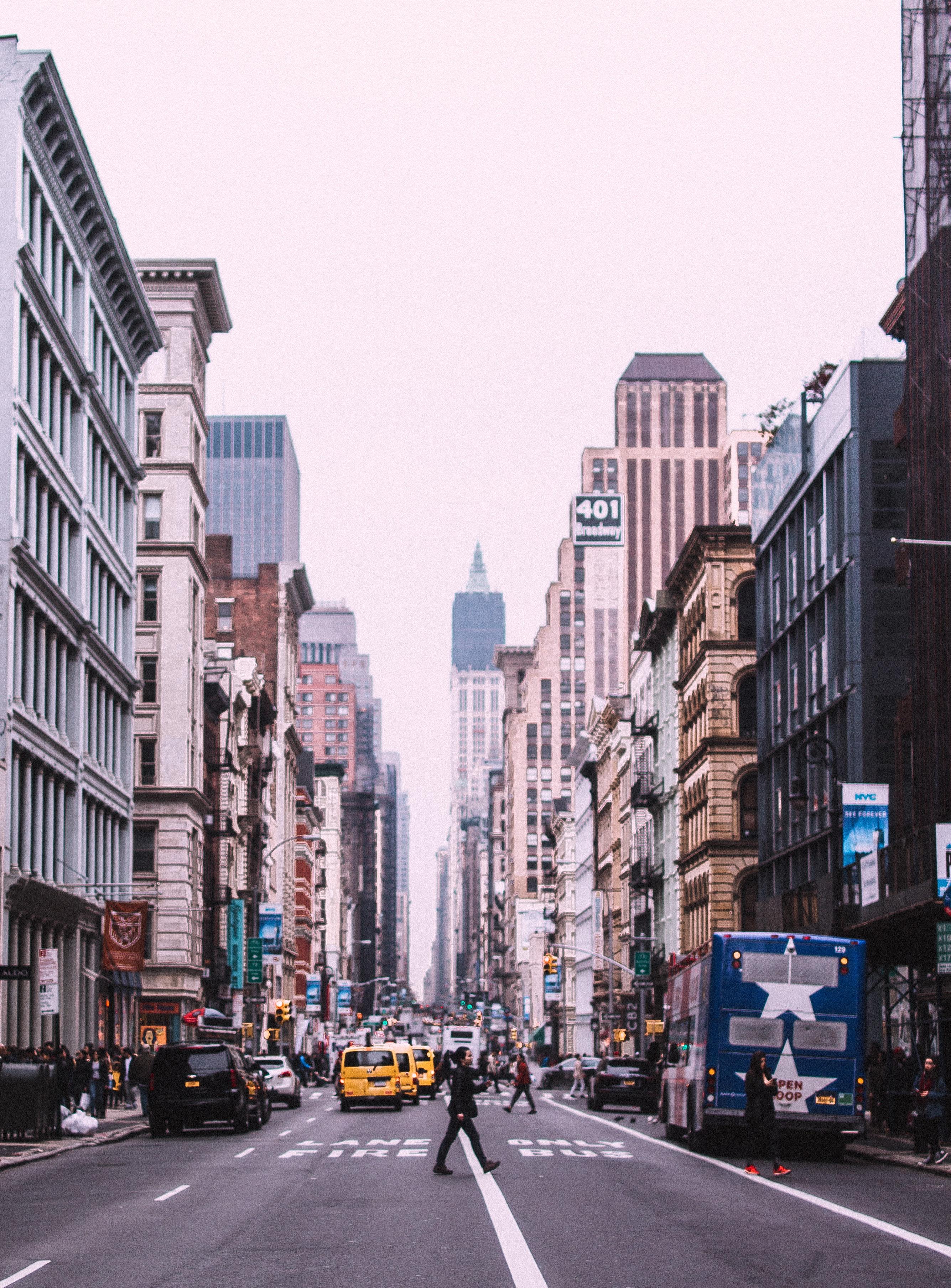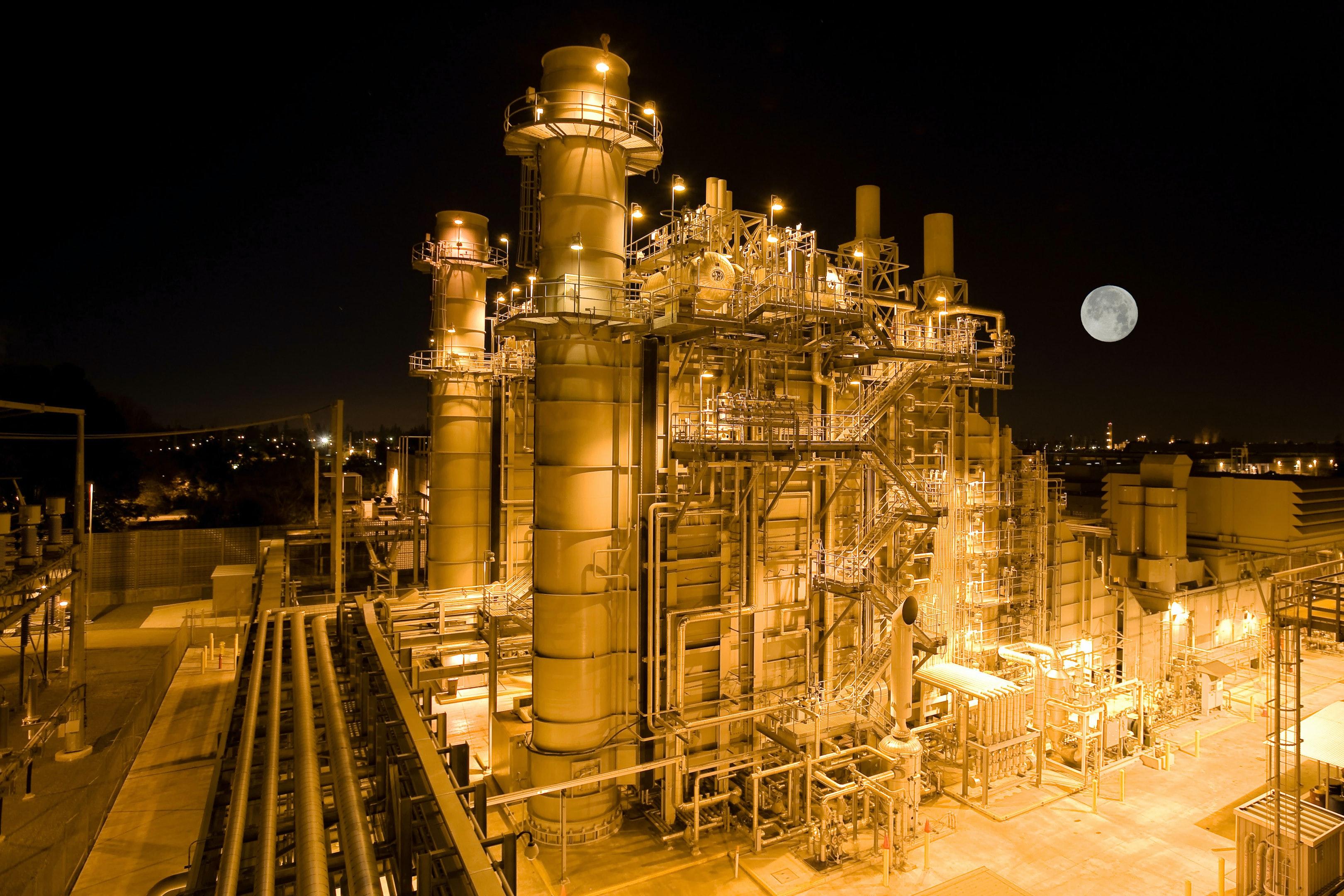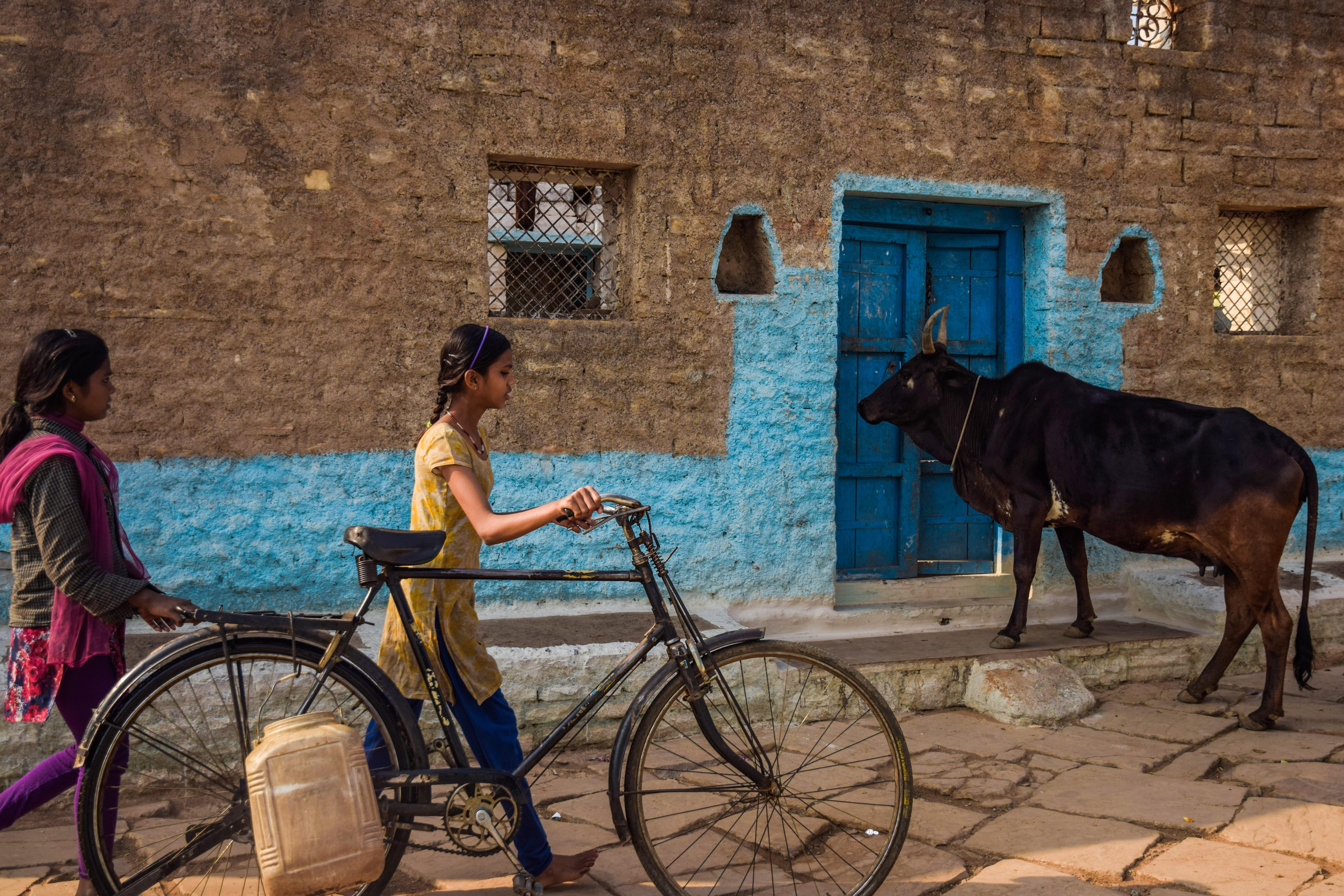Urbanization And Industrialization
- 17 Aug 2022
- By Deshal Shah

Industrialization and urbanization go hand in hand. Industrialization creates more job opportunities which leads to migration from villages to cities where the new industries are setting up. People come to cities in search of better job opportunities, economic stability, and better living conditions. This can be considered as an issue and on contrary, it can be a ray of hope too. But due to lack of proper infrastructure and unintentional neglect, the slums arise. For instance, population of Mumbai in 2011 was 12.4 million and today it is 20.4 million which is growing abruptly, according to the census. Chandigarh, under Jawaharlal Nehru began with a population of 20,000 which has grown to 1.2 million in 2018 and which today has changed the picture of city from original conception. Delhi, during independence was less than a million inhabitants which has now spread across 3 states. This city had urban policies as per laws, civic regulations and building parameters which were drawn for 750,000 middle-class residents, are today out of sync for a population of 22 million, of which eighty percent are poor, homeless, or slum inhabitants (Bhatia). These slums are exposed to high risk of crime, violence, and diseases. The sprawl of slum becomes a hindrance to the urban development.
These problems can be temporarily be overcome by relocating the slums but for a permanent solution, along with the planning of industries, the habitats of the workers should also be taken in account. The place to live and work, should be close to each other. To reduce distress migration land distribution and other social reforms must be implemented in the villages to increase their holding capacity. Key markets in each district must be identified and revive with appropriate investments so that they become new growth centers. And whenever possible new business ventures should be located at small towns and cities and not in the large metropolises. After all, the people living in slums strive for better living conditions and social opportunities.

With more industries being set up, it is necessary that the urban planners also find ways of preserving and integrating the green areas in the urban scape. These green areas play an important role in correcting the climatic damage caused by the industries. The urban planning should be carried out in accordance with the ecology of that area. The water bodies should be preserved and the low laying areas should be strategically planned to carry out rain water harvesting.

“Villages are the future of India.”
-MK Gandhi

In present times, the development is not possible without urbanization. Even a well-known Harvard economist, Edward Glaeser disagrees with it. He further says that, “There’s no such thing as a poor urbanized country; there's no such thing as a rich rural country."(Robert Kunzig, The city solution, national geographic)
So, a middle way needs to be found where the green patches of agricultural land does not become a boundary of the cities. It should become a neighborhood which is a part of the giant transitional web and all the necessary goods and services should be available there.
Development of a country can happen when we see it as a whole entity and not forget any pockets. Urbanization should reflect the aspirations of the society. The substance of cities lie in the manner that the people become a part of it and how it accommodates the needs of people and bring in the opportunities for a better tomorrow.
Recently Published
loves or pursues or

.jpg)







.jpg)